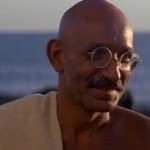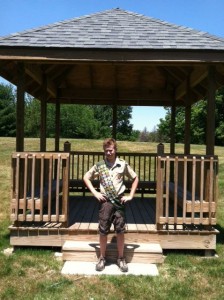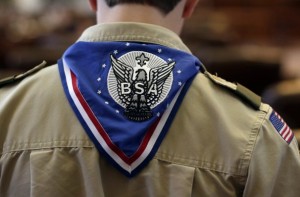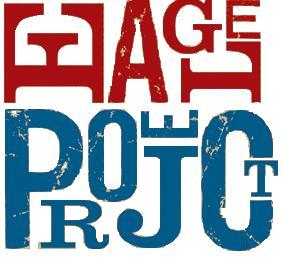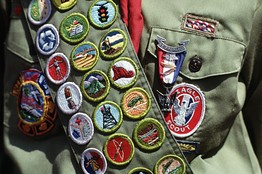 I have been fortunate enough to a be a pilot for many years, and I am also an Aviation merit badge counselor. Pilots are always learning (a pilot’s first license is often called “a license to learn.”) One of my absolute favorite aviation instructors is Rod Machado. He is a noted and popular flight instructor, and he talks about developing an aviation code of ethics in “Samurai Airmanship: Bushido – Developing An Aviation Code Of Ethics.”
I have been fortunate enough to a be a pilot for many years, and I am also an Aviation merit badge counselor. Pilots are always learning (a pilot’s first license is often called “a license to learn.”) One of my absolute favorite aviation instructors is Rod Machado. He is a noted and popular flight instructor, and he talks about developing an aviation code of ethics in “Samurai Airmanship: Bushido – Developing An Aviation Code Of Ethics.”
I believe his discussion can easily be used to describe the Scout Oath and Law. In the case of aviation, people’s lives may depend on the pilot honoring his code. As you read how Mr. Machado tells a story of Bushido, the samurai code of ethics, think about how you might apply it to the Scout Oath and Law.
“Miyamoto Musashi, one of the greatest samurai swordsman of feudal Japan, approached his assailant–an enemy of the emperor. Unsheathing his sword, he inched toward his foe, ready for the brief but deadly encounter. Suddenly, the assailant spat in Musashi’s face. Composed, yet stunned, Musashi resheathed his sword, calmly turned and walked away. The moment spittle hit his face he felt rage. But the samurai never take a life in anger. It is against their Bushido.
Bushido means “code of ethics.” The Samurai lived by such a code and many people still do. It delineates acceptable and unacceptable behaviors. It emphasizes what is valued most and prevents these values from extinguishing with time. It is a personal code of conduct, allowing individuals to survive, to thrive, to find meaning in their existence. Pilots, without such a Bushido, are unlikely to do any of these.
Over the years I’ve come across several pilots that stand out in my memory. Each had one thing in common: they conducted themselves by an aviation code of ethics. They knew what was safe to do and what was an unacceptable risk. These were aviators of strong conviction, refusing to breach their self-imposed limits and violate their personal code of conduct. When frequently spat upon by the enemy’s of safety–peer pressure, ego, pride–they followed their Bushido. In short, they were the safest of pilots.”
Bushido is an attitude. You are announcing to the world, “This is who I am. This is what I believe. Don’t ask me to bend my code.” To paraphrase Mr. Machado, the Scout Oath and Law is our personal code of conduct, allowing us to survive, to thrive, to find meaning in our existence. With your right arm upraised into a 90 degree angle, you probably say this code aloud at your troop meeting every week. We know it by heart. But can we allow that code to so penetrate our heart that any violation is totally unacceptable? Like the samurai who refused to fight in anger, can we also refuse to violate the oath we have taken for our own?
Are we trustworthy in all matters? Friendly to all? Kind? Reverent toward the world around us? Are we helping people at all times? This should be true of all Scouts, but most particularly Eagle Scouts. In your Eagle Court of Honor, you will end your public pledge with, “To this I pledge my sacred honor,” the same words used by the signers of the Declaration of Independence. This is who an Eagle Scout is. This is our Bushido.
